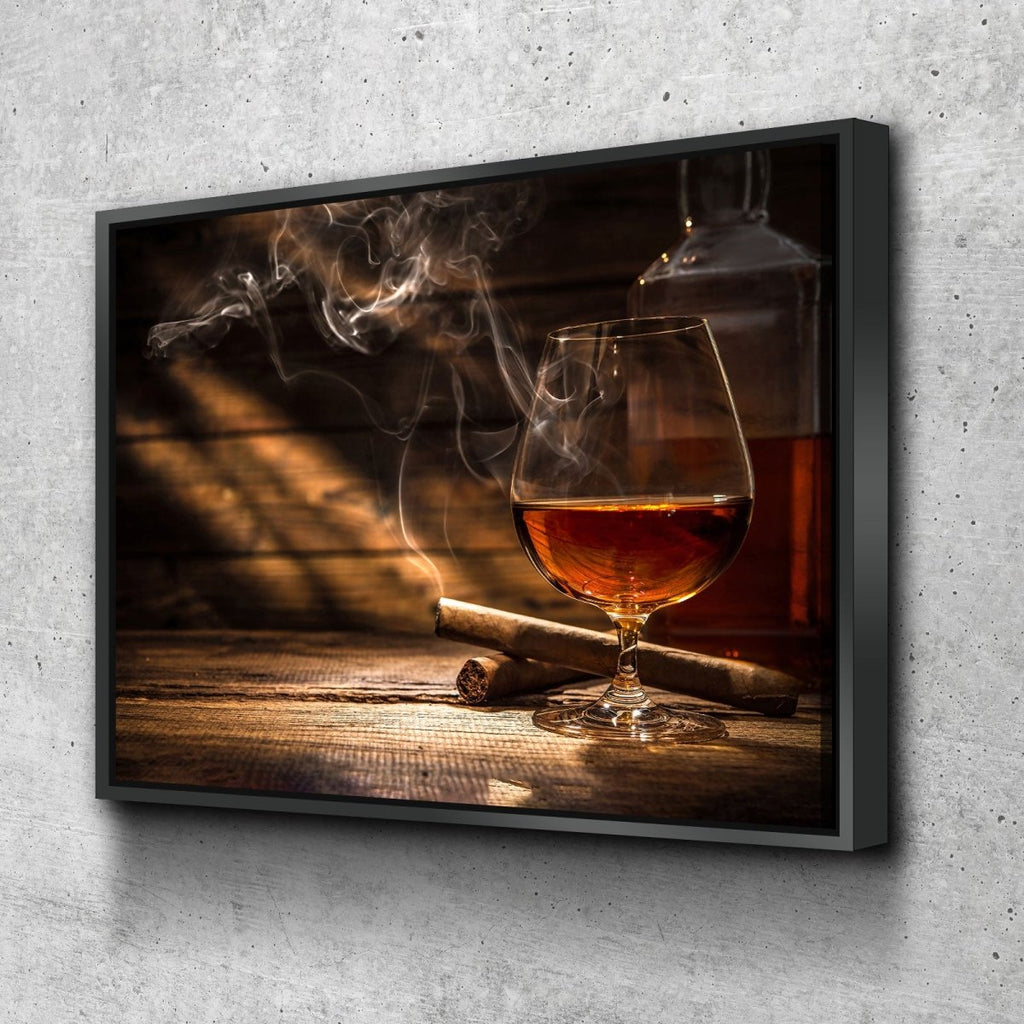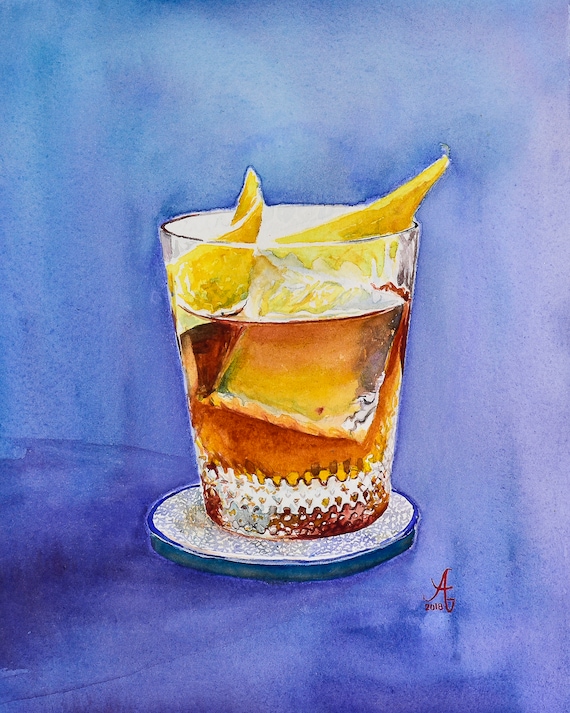Capturing the Essence of Scotch Art With One-of-a-kind Visual Representations and Designs
The art of scotch prolongs beyond the fluid itself, manifesting through a variety of visual representations that envelop its fabled heritage and craftsmanship. What remains to be uncovered is exactly how these progressing styles show not only the whiskey itself but also the transforming landscape of creative analysis. Whiskey Art.
The Background of Bourbon Art

As bourbon production spread, so too did the wish to elevate its experience with art. From the elaborate inscriptions on very early barrels to the fancy labels of modern bottles, each aspect reflects a special imaginative vision, offering as an aesthetic story of the whiskey's heritage.
In the 19th and 18th centuries, the rise of the industrial revolution better improved bourbon art, leading to innovative product packaging and marketing that caught consumer focus. Developers and artists started explore looks, imbuing whiskey-related images with symbolic definitions that communicated ideas of tradition, area, and workmanship.
Today, bourbon art remains to progress, mixing typical approaches with modern art kinds. Realism Art. This ongoing discussion in between the spirit and its aesthetic depiction highlights the enduring bond in between whiskey and society, enriching the general experience for fanatics worldwide
Iconic Container Designs
While lots of elements add to the appeal of bourbon, iconic container layouts play a pivotal role in forming customer perception and boosting the overall experience. The visual discussion of scotch containers is not just a visual consideration; it offers as a bridge in between the product and the customer, evoking emotions and establishing assumptions.
Unique forms, products, and closures can boost a bourbon brand name's identification, making it quickly recognizable on jampacked shelves. The timeless Glenfiddich container, with its elegant conical silhouette, communicates a sense of practice and craftsmanship, while the vibrant, modern layout of the Balvenie container reflects technology and class. The use of colored glass or distinct textures can recommend the top quality and personality of the scotch within.
Renowned layouts commonly include aspects of social heritage, symbolizing the brand name's background and connection to its origins. Brand Names like Jack Daniel's utilize an uncomplicated, durable design that reverberates with its American bourbon heritage. Eventually, the effect of bottle layout extends past mere functionality; it envelops the significance of the brand name, welcoming customers to discover and indulge in the rich tapestry of whiskey culture.
Tag Artwork and Branding
Bottle styles typically set the phase of what consumers can anticipate, however label artwork and branding play a similarly significant role in communicating a bourbon's identity. The tag functions as the initial point of get in touch with in between the consumer and this post the item, enveloping the essence of the whiskey within its visual components.
Reliable tag artwork incorporates imagery, typography, and color click to produce a story that resonates with the brand name's heritage and target audience. For example, a tag featuring intricate pictures and classic font styles might stimulate a sense of tradition and workmanship, interesting connoisseurs. In comparison, vibrant colors and contemporary style elements may attract a younger market looking for technology and enjoyment.


Photography and Visual Storytelling
Recording the essence of scotch through photography and visual storytelling is an art type that elevates the brand experience. This medium goes beyond simple item depiction, diving into the complex stories that surround each container. By utilizing compelling images, photographers can stimulate emotions that reverberate with consumers, inevitably forging a much deeper link to the whiskey brand name.
Aesthetic narration in whiskey digital photography often makes use of rich structures, illumination, and composition to highlight the distinct characteristics of the spirit. The interplay of light and shadow can emphasize the amber hues of scotch, while the option of history components-- such as rustic barrels or sophisticated glass wares-- can enhance the brand's heritage or way of life associations.
Furthermore, recording the ceremonial facets of scotch consumption, from the putting to the tasting, welcomes customers right into a sensory experience, permitting them to imagine the flavors and fragrances that wait for. Each photo not just showcases the item however also informs a story of craftsmanship, tradition, and the minutes Read Full Report that scotch can improve - Realism Art. Therefore, photography comes to be an effective device in expressing the identity of bourbon brands, placing them within the broader social landscape
Arising Patterns in Whiskey Art
The evolution of whiskey art is progressively formed by modern patterns that mirror broader societal shifts and consumer preferences. One famous trend is the integration of sustainability right into art techniques. Musicians are now making use of recycled materials and eco-friendly processes to create whiskey-themed pieces, resonating with eco conscious consumers. This shift not only highlights the significance of sustainability yet likewise improves the narrative surrounding scotch production.
Additionally, digital art has surged in popularity, permitting cutting-edge depictions of whiskey. Artists are leveraging innovation to craft immersive experiences, such as increased fact installments that engage audiences and provide a deeper understanding of whiskey's social significance. This fad also prolongs to social media platforms, where visually striking content gathers attention and fosters neighborhood among enthusiasts.
Moreover, cooperations between bourbon brand names and musicians are becoming much more widespread. These collaborations yield limited-edition product packaging styles and special art work that celebrate both the workmanship of bourbon and the creative thinking of artists. As bourbon art proceeds to progress, these arising fads will certainly form its future, cultivating a vibrant crossway of society, sustainability, and technology within the whiskey neighborhood.
Conclusion
To conclude, the art of bourbon encompasses a diverse variety of aesthetic representations that reflect its abundant heritage and workmanship. From legendary bottle designs and intricate label art work to engaging photography, each element adds to a more comprehensive story that boosts the consumer's experience. As arising trends, such as digital art and sustainability, proceed to shape this creative landscape, the diverse identity of whiskey remains a sustaining resource of cultural connection and exploration.

In conclusion, the art of bourbon encompasses a varied array of aesthetic depictions that show its rich heritage and workmanship.